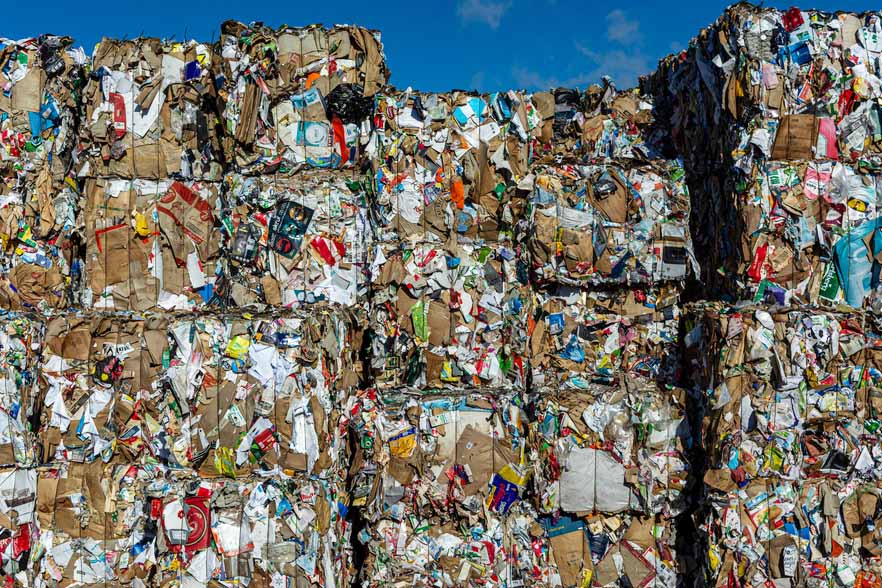
In the third quarter of 2024, the Northeast Recycling Council reported the blended value of a ton, not counting the negative impact of residuals, was $121.21, up 3% from the second quarter of the year. | Nickpeps/Shutterstock
Average commodity prices rose slightly in the third quarter of the year due to national and regional trends, though the growth appears to be cooling off, according to the latest report from the Northeast Recycling Council.
Between July and September 2024, the average commodity price increased by 3% with and without residuals compared to the prior quarter, NERC reported. That’s less quarter-over-quarter growth than in the recent past but continues a steady price increase that started in late 2023.
The report includes information from 11 states: Delaware, Maine, Maryland, Massachusetts, New Hampshire, New Jersey, New York, Pennsylvania, Rhode Island, Vermont and Virginia. Overall, 15 MRFs responded, of which 10 were single-stream and five dual-stream or source-separated.
For the third quarter of 2024, the blended value of a ton, not counting the negative impact of residuals, was $121.21, up 3% from the second quarter of the year. Including the loss from residuals, the value was $112.00 in the third quarter, up 3% from the previous quarter.
Single-stream MRFs saw higher blended values than other types. Those facilities reported a value without residuals of $124.83, a 2% increase, and a value with residuals of $116.51, a 2% increase from the prior quarter.
Dual-stream operators reported a value of $114.24 without residuals, a 5% increase, and a value of $103.55 with residuals, a 5% increase.
This survey did not include information on processing costs, unlike prior surveys. Megan Schulz-Fontes, executive director at the Northeast Recycling Council, said that choice was made after NERC surveyed MRFs and discovered that, “though somewhat micro, there is enough variation in the methodology used to calculate the processing costs (including the newly participating MRFs) that it did not make sense to include it anymore.”
NERC would like to bring the metric back in the future, Schulz-Fontes said, but would need to first provide clear guidance to MRFs on what calculation methodology to use to ensure consistency.

